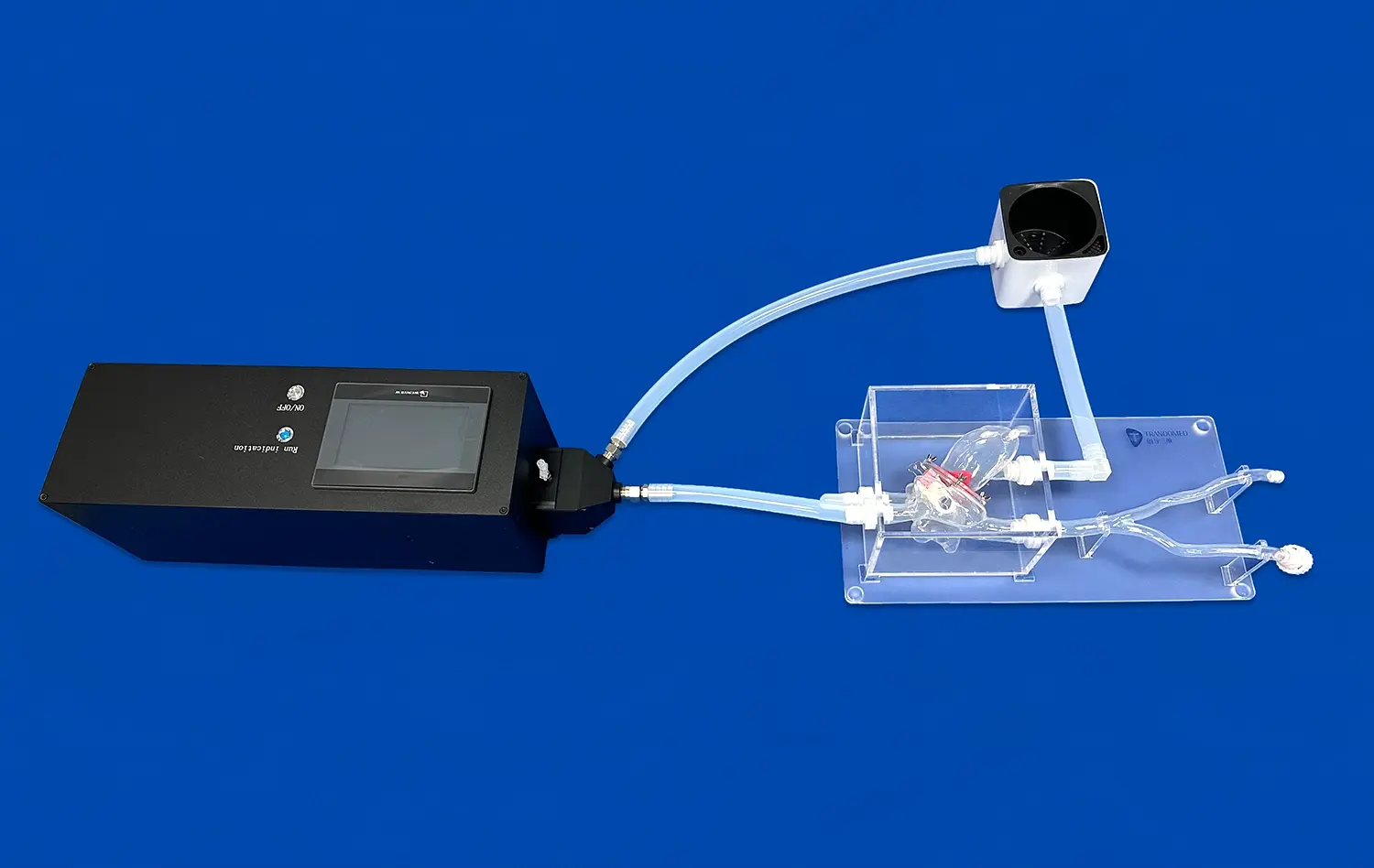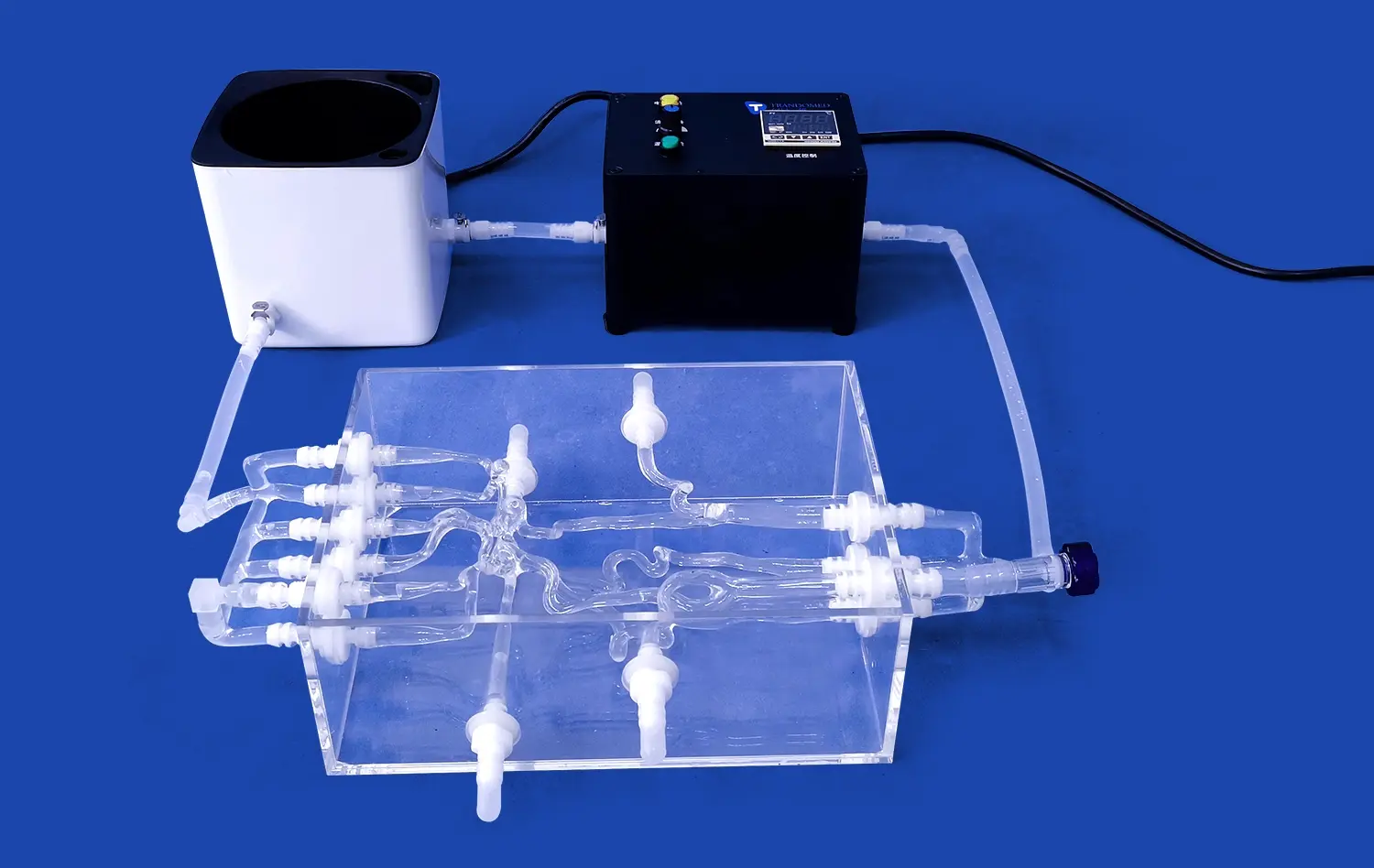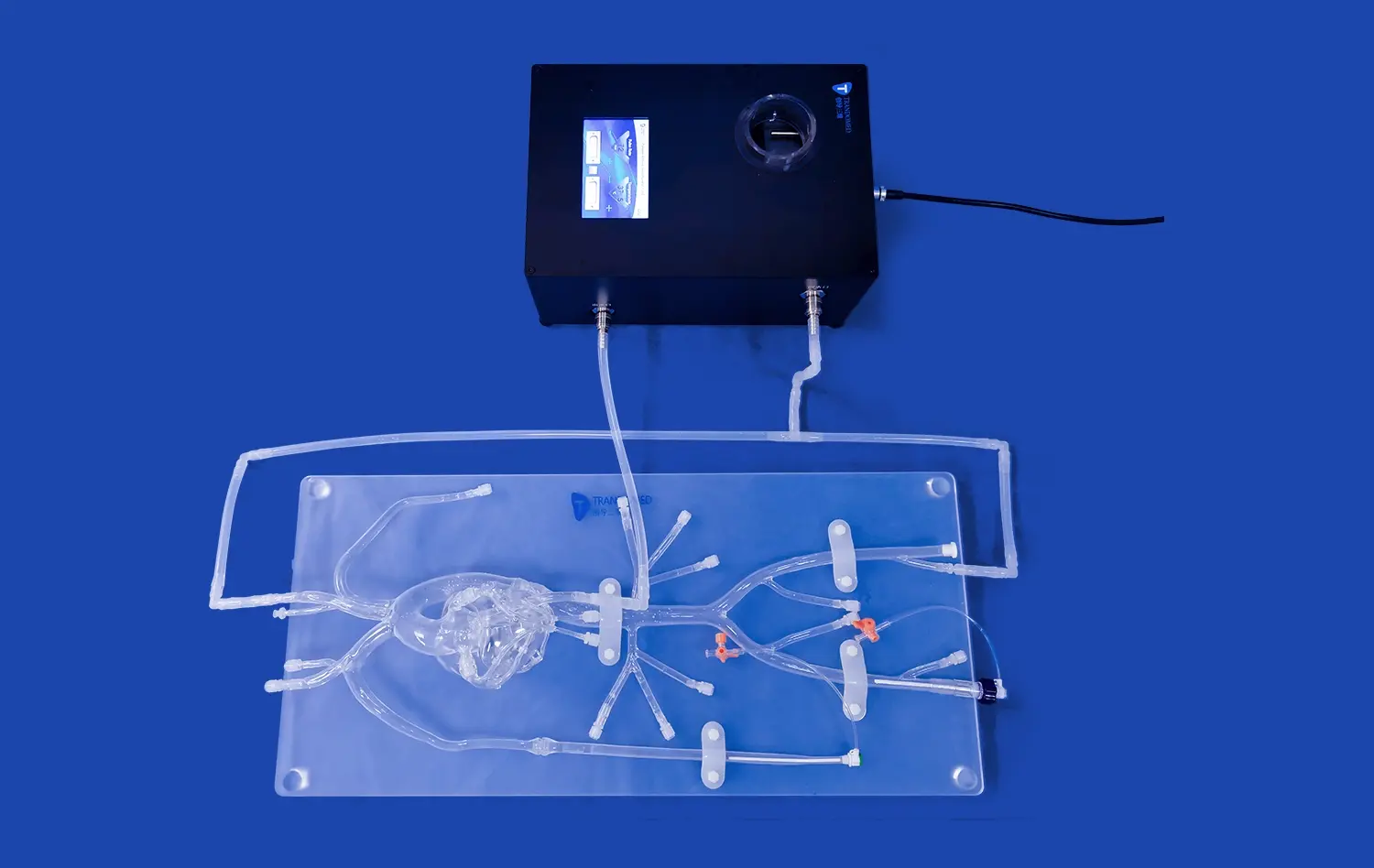Applications of Human Blood Vessel Models in Drug Testing and Development
2024-11-29 13:16:40
Human blood vessel models have revolutionized the landscape of drug testing and development, offering unprecedented insights into cardiovascular health and drug interactions. These intricate replicas of the human vascular system provide researchers with a powerful tool to study the effects of potential medications on blood flow, vessel structure, and overall cardiovascular function. By mimicking the complex network of arteries, veins, and capillaries, these models enable scientists to observe and analyze drug responses in a controlled environment that closely resembles the human body. This advancement has significantly accelerated the drug discovery process, improved the accuracy of preclinical trials, and enhanced our understanding of vascular diseases.
How Do Blood Vessel Models Enhance Cardiovascular Drug Testing?
Blood vessel models have emerged as a game-changer in cardiovascular drug testing, offering a level of precision and reliability that was previously unattainable. These sophisticated replicas of the human vascular system provide researchers with a controlled environment to observe how potential drugs interact with blood vessels, enabling them to predict efficacy and identify potential side effects with remarkable accuracy.
Improved Accuracy in Drug Response Prediction
One of the primary advantages of using blood vessel models in drug testing is the improved accuracy in predicting drug responses. These models can be customized to represent various physiological conditions, allowing researchers to simulate different disease states or patient profiles. By doing so, scientists can observe how a drug behaves under specific circumstances, leading to more targeted and effective treatments.
For instance, when testing a new antihypertensive medication, researchers can use blood vessel models to replicate the conditions of patients with varying degrees of hypertension. This allows them to assess the drug's effectiveness across different patient populations and identify the optimal dosage for each group. Such precise testing significantly reduces the risk of unexpected side effects and improves the overall success rate of clinical trials.
Real-time Monitoring of Drug Effects
Human blood vessel models also enable real-time monitoring of drug effects, a crucial aspect of cardiovascular drug testing. These models can be equipped with advanced imaging technologies and sensors that provide continuous data on various parameters such as blood flow, vessel dilation, and cellular responses.
This real-time monitoring capability allows researchers to observe immediate and long-term effects of a drug on the vascular system. For example, when testing a new anticoagulant, scientists can track how quickly the drug affects blood clotting and how long these effects last. This level of detailed observation is invaluable in understanding the drug's mechanism of action and optimizing its formulation for maximum efficacy and safety.
What Role Do Blood Vessel Models Play in Predicting Drug Efficacy?
Blood vessel models play a crucial role in predicting drug efficacy, offering researchers a powerful tool to assess how potential medications will perform in the human body. By providing a realistic representation of the vascular system, these models enable scientists to evaluate drug performance with a high degree of accuracy, leading to more informed decisions in drug development.
Simulating Complex Vascular Interactions
One of the key strengths of blood vessel models in predicting drug efficacy lies in their ability to simulate complex vascular interactions. The human circulatory system is intricate, with numerous factors influencing drug absorption, distribution, and effectiveness. Blood vessel models can replicate these complexities, allowing researchers to observe how a drug interacts with various components of the vascular system.
For instance, when developing a new medication for atherosclerosis, researchers can use human blood vessel models to simulate the buildup of plaque in arteries. They can then introduce the drug into this environment and observe its effectiveness in reducing plaque formation or improving blood flow. This level of simulation provides valuable insights into the drug's potential efficacy before moving to more costly and time-consuming clinical trials.
Identifying Potential Drug Interactions
Another critical role of human blood vessel models in predicting drug efficacy is their ability to identify potential drug interactions. Many patients, particularly those with cardiovascular conditions, often take multiple medications. Understanding how these drugs interact within the vascular system is crucial for ensuring patient safety and treatment effectiveness.
Blood vessel models allow researchers to test various drug combinations and observe their collective effects on the vascular system. This capability is particularly valuable when developing new cardiovascular medications that may be used in conjunction with existing treatments. By identifying potential interactions early in the development process, researchers can adjust drug formulations or dosing strategies to maximize efficacy while minimizing adverse effects.
Can Blood Vessel Models Reduce Reliance on Animal Testing?
The question of whether blood vessel models can reduce reliance on animal testing is a topic of significant interest in the pharmaceutical and biomedical research communities. As we strive for more ethical and efficient drug development processes, these advanced models offer a promising alternative to traditional animal testing methods.
Ethical Considerations and Advantages
Human blood vessel models present a compelling ethical advantage over animal testing. By providing a sophisticated replica of human vascular systems, these models allow researchers to conduct extensive drug tests without the need for animal subjects. This approach aligns with the growing global emphasis on reducing animal testing in scientific research.
Moreover, blood vessel models offer a more direct representation of human physiology compared to animal models. While animal testing has been a cornerstone of medical research for decades, it often falls short in accurately predicting human responses to drugs. Human blood vessel models bridge this gap, providing more relevant and translatable results. This increased relevance not only enhances the ethical aspect of drug testing but also improves the overall efficiency and accuracy of the research process.
Limitations and Future Developments
While blood vessel models show great promise in reducing reliance on animal testing, it's important to acknowledge their current limitations. These models, although highly advanced, cannot yet fully replicate the complexity of a living organism. Certain aspects of drug testing, such as long-term effects or systemic responses, may still require some level of animal testing in the near future.
However, ongoing advancements in technology are rapidly expanding the capabilities of blood vessel models. Innovations in 3D printing, microfluidics, and tissue engineering are continually improving the sophistication and accuracy of these models. As these technologies evolve, blood vessel models are becoming increasingly capable of simulating more complex physiological processes.
Conclusion
Human blood vessel models have emerged as a transformative tool in drug testing and development, particularly in the realm of cardiovascular medicine. These sophisticated replicas offer unprecedented insights into drug interactions within the vascular system, enhancing the accuracy of efficacy predictions and safety assessments. By providing a platform for real-time monitoring and complex simulations, these models are accelerating the drug discovery process and improving the likelihood of successful clinical outcomes.
Contact Us
Are you interested in exploring how 3D printed silicone medical simulators, including advanced blood vessel models, can enhance your research or medical training program? Contact us at jackson.chen@trandomed.com to learn more about our cutting-edge solutions and how they can revolutionize your approach to drug testing and development.
References
Jain, A., et al. (2021). "Human Blood Vessel Models for Drug Testing and Development: Recent Advances and Future Perspectives." Advanced Drug Delivery Reviews, 173, 145-163.
Zhang, Y. S., et al. (2020). "3D Bioprinting of Vascular Models for Drug Testing and Development." Nature Reviews Materials, 5(8), 625-643.
Chen, H., et al. (2019). "Microfluidic Blood Vessel Models for Drug Screening and Toxicity Testing." Lab on a Chip, 19(13), 2220-2232.
Kang, Y. B., et al. (2018). "In Vitro 3D Vascular Model for Drug Screening and Toxicity Testing." ACS Biomaterials Science & Engineering, 4(11), 3867-3878.
Ribas, J., et al. (2017). "Biomimetic Engineered Muscle with Capacity for Vascular Integration and Functional Maturation In Vivo." Proceedings of the National Academy of Sciences, 114(14), 3597-3602.
Sundaram, S., et al. (2016). "3D-Printed Vascular Networks Direct Therapeutic Angiogenesis in Ischaemia." Nature Biomedical Engineering, 1(6), 0083.


 (SJ001D)_1734504338727.webp)
_1734504197376.webp)
1_1732869849284.webp)










